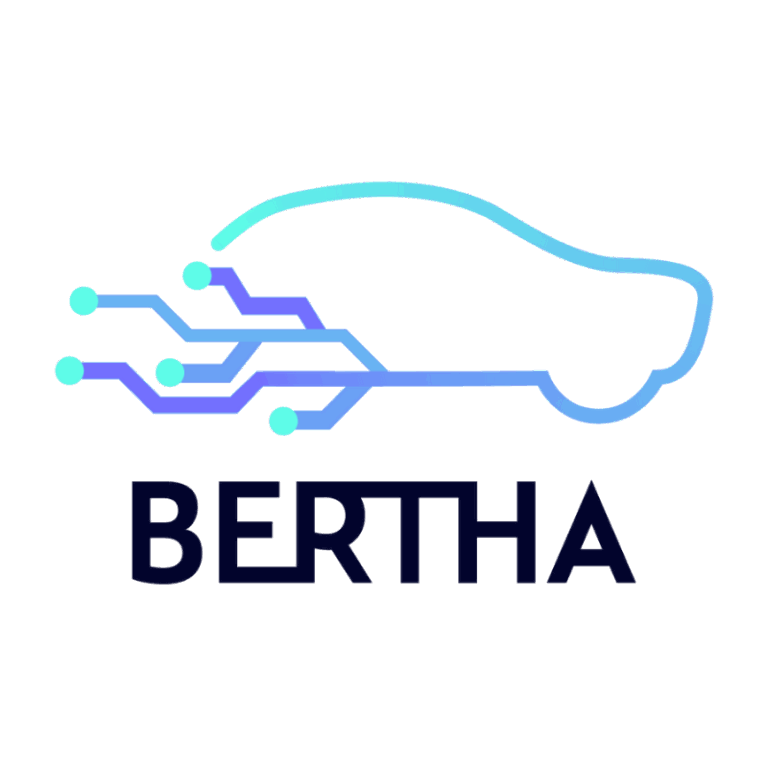BERTHA
Europe must seize the opportunities presented by connected, cooperative, and automated mobility (CCAM). For its deployment, powerful tools enabling the design and analysis of CCAM components, digitally and with a common language between TIERs and OEMs are needed.
The lack of a validated – and scientifically based – Driver Behavioural Model (DBM) to cover aspects of human driving performance is one of the main shortcomings of CCAM development. It allows understanding and testing of the interaction of CCAM with other cars in a safer and more predictable way from a human perspective. DBM is the cornerstone for the development of CCAM components. It will guarantee its digital validation and, if incorporated into the ECUs software, will generate a more human-like response of autonomous vehicles (at any level) and increase its acceptance.
The main objective of BERTHA is to develop a scalable and probabilistic DBM based mostly on Bayesian Belief Network (BBN). The DBM will be implemented on an open-source HUB (repository) to validate the technological and practical feasibility of the solution with the industry and become a unique approach for the model’s worldwide scalability. The resulting DBM will be translated into a simulating platform, CARLA, using diverse demos, which allows building new driving models on the platform.
BERTHA will also include a methodology that, due to the HUB, will share the model with the scientific community to ease its growth.
The project includes a set of interrelated demonstrators to show this DBM approach as a reference to the design of human-like, easily predictable, and acceptable behaviour of automated driving functions in mixed traffic scenarios.
BERTHA is expected to go from a TRL 2 a TRL 4.
The requested EU contribution is €7,981,801.
The consortium, 14 entities from six countries, including South Korea, deems this project vitally relevant to the CCAM industry due to its impact on safer and more human-like CAVs and its market and societal adoption.


